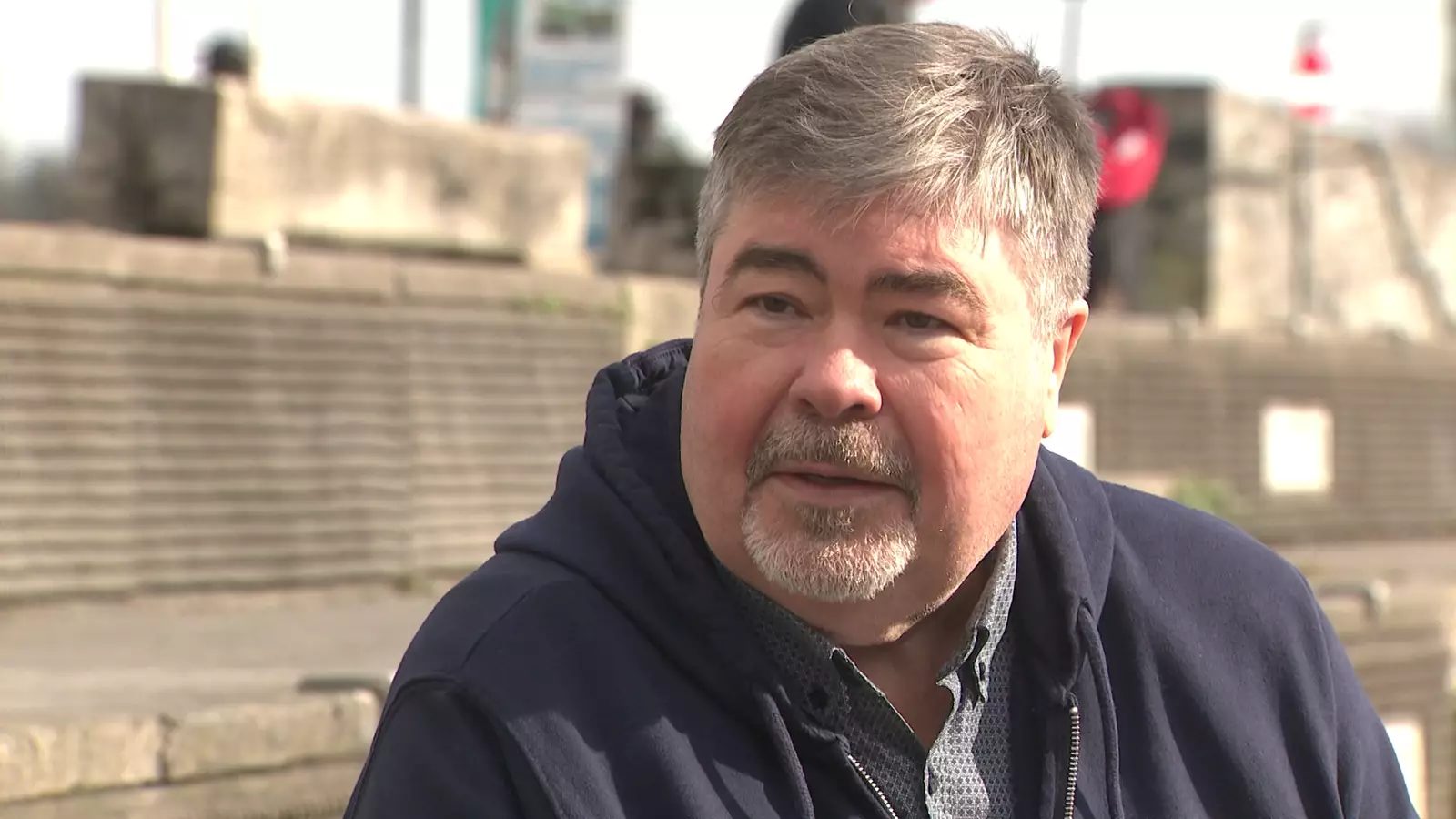In a world where survival stories are often celebrated, Mark Hammersley stands out as an extraordinary example of triumph against overwhelming odds. His experience during the relentless COVID-19 pandemic has not only left a mark on him but also invites us to ponder the broader implications of survival and resilience. When I met Mark, it was as if he had stepped out of a harrowing nightmare into the warm embrace of reality. However, the weight of his past was palpable, lying just beneath his effortless smile.
A picture of health now, Mark vividly recalls those anxious days in October 2020—days that nearly tipped him over into the abyss. The backdrop of his struggle reveals not only personal depth but also reveals the collective trauma faced by individuals across the world. Surrounded by sterile walls adorned with machines that beeped like a chorus of uncertainty, Mark depicted a life-threatening battle that he fought from a small white bed in Warrington Hospital’s intensive care unit.
Echoes of Fear
Mark’s narrative is laden with an agonizing tension that lingers far beyond the confines of the hospital. Although he now embraces life more vigorously, the echoes of fear and anxiety noticeably distort the message of triumph. “I was worried,” he admitted, acknowledging an underlying current of vulnerability that pandemic survivors often brush aside. To hear him state, “I’m feeling safe, if that makes sense,” encapsulates the juxtaposition of terror versus assurance. For many, the mental scars of illness laced with the remnants of lockdown and social distancing continue to rage on.
Even as we celebrate resilience, we cannot overlook how perilously close Mark came to slipping through the cracks of healthcare. The decision by his doctors to avoid a ventilator and opt for a CPAP machine—a gamble wrought from their desperation and his precarious health situation—demonstrates an ethical tightrope that healthcare professionals often walk. How many others, like Mark, might have had outcomes swayed by the very instruments designed to save lives? The implications are staggering and highlight the agonizing dilemma in a healthcare system stretched beyond comprehension.
The Cost of Longevity
Fast forward five years and Mark’s sense of relief is evident but tinged with the realization of health complications that may haunt him forever. Scarring on the lungs—a permanent reminder of his brush with death—evokes a haunting question: what does it truly mean to be a survivor? The ongoing struggle with physical limits adds depth to Mark’s journey, suggesting that survival is not so simple as emerging intact; it is riddled with the complexities and costs of longevity.
“My life is better than it was five years ago,” Mark states, but this sentiment arches over a chasm of muscular pain and vulnerability, revealing a struggle for normalcy that few can grasp. It makes me wonder: in our quest to continue living, what sacrifices do we unknowingly inherit? How many patients emerged from ICU only to face a new battle with their own bodies?
The Reality of Collective Memory
As we approach the five-year anniversary of the pandemic’s onset, it becomes imperative to reflect on not just individual stories but our collective narrative. Many lives were irrevocably altered, lives that will be nobody’s memory within a mere statistic or fleeting news piece. Mark remains conscious of this depth of loss; he acknowledges the young grandmother from the ICU who, despite her optimistic demeanor, succumbed to the virus. Her absence stands as a stark reminder that survival isn’t solely about personal battles; it is woven into the fabric of shared trauma, unity, and loss.
The call for remembrance calls us to reshape our collective consciousness. As the UK government recognizes this poignant day of reflection, it signifies an opportunity not just to mourn lost lives but also to honor the myriad ways the pandemic exposed systemic flaws in our society. It compels us to understand that survival is a shared burden, clamoring for empathy, understanding, and reform.
Reimagining Hope
Ultimately, Mark Hammersley’s story – his survival – nurtures a renewed sense of hope amidst a landscape fraught with challenges. Yet, it implores those of us who have navigated these societal shifts to actively engage with the vulnerabilities that linger around us. The path ahead will not be easy, but if there’s anything we’ve learned from survivors like Mark, it’s that our greatest strengths lie within our capacity to connect, heal, and reimagine a healthier, more equitable future in the face of adversity.
In navigating the road to recovery, we must prioritize not just the health of individuals but also the emotional and societal frameworks that support collective well-being. In our shared experience, we find not just reminders of our mortality but also the beauty of life itself.


Leave a Reply